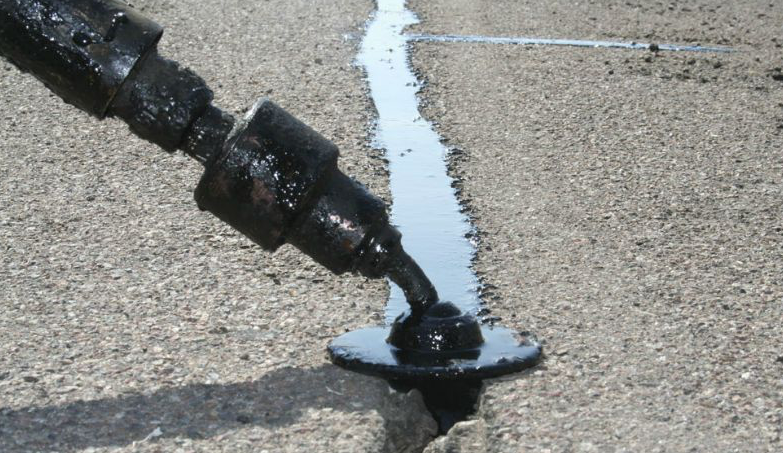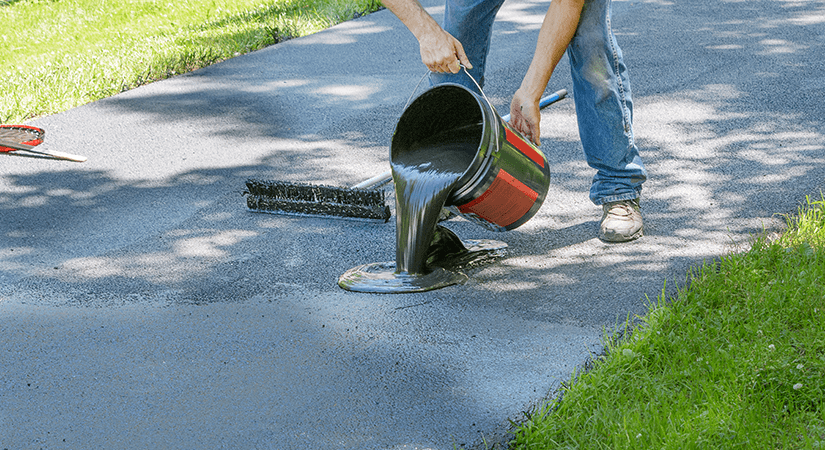Warm Mix Asphalt: A Lasting Service for Sidewalk
Hot Mix Asphalt (HMA) has emerged as a leading sustainable selection for sidewalk remedies, supplying a myriad of ecological benefits and innovative innovations. Its capacity to reuse materials and lower power intake offers an engaging instance for its fostering in road building jobs. The long-term efficiency and durability of HMA make it a favored alternative for facilities development. As the need for eco-friendly construction practices expands, exploring the subtleties of HMA's sustainability can offer important understandings right into the future of pavement remedies.
Ecological Benefits of Warm Mix Asphalt

Additionally, Hot Mix Asphalt helps to reduce urban warmth island effects. Its dark color absorbs sunlight, decreasing the quantity of warmth reflected back right into the ambience compared to lighter-colored pavements. This can decrease ambient temperatures in metropolitan locations, decreasing the demand for cooling and eventually decreasing energy intake.
On top of that, Warm Mix Asphalt contributes to boosted stormwater management. Its porous nature enables water to infiltrate the sidewalk and charge groundwater materials, reducing overflow and the danger of flooding. These ecological benefits make Hot Mix Asphalt a sustainable option for paving freeways and roadways.
Power Effectiveness in HMA Manufacturing
Is power effectiveness a critical aspect in the manufacturing of Warm Mix Asphalt (HMA)? Energy plays a significant duty in the manufacturing of HMA, impacting both price and ecological sustainability. One essential aspect of energy efficiency in HMA manufacturing is the use of warm mix asphalt (WMA) innovations.
Moreover, advancements in plant innovations have actually led to more energy-efficient HMA production processes. By optimizing energy usage in HMA manufacturing, the market can minimize its carbon impact while keeping top quality sidewalk materials.
Recyclability of Hot Mix Asphalt
The recyclability of Warm Mix Asphalt (HMA) is a critical facet of its sustainability and long-term environmental impact. HMA is among the most recycled materials in the United States, with over 100 million bunches of reclaimed asphalt pavement (RAP) being reused yearly in new sidewalk building. Recycling HMA offers numerous ecological advantages, such as reducing the requirement for virgin materials, reducing energy consumption during production, and lowering the quantity of waste sent out to garbage dumps.
The procedure of reusing HMA includes grating the existing sidewalk, crushing it right into smaller sized pieces, and blending it with new accumulation and asphalt binder to create a recycled mix. On the whole, the recyclability of HMA plays a substantial function in promoting sustainable techniques within the pavement sector.

Long-Term Efficiency of HMA
Asphalt sidewalks show resilience and durability over an extensive period, mirroring the long-lasting efficiency of Warm Mix Asphalt (HMA) Furthermore, advancements in HMA technology, such as the usage of polymer-modified binders and cozy mix asphalt, This Site have even more improved the sturdiness and durability of HMA sidewalks. By prioritizing top quality building and construction and upkeep techniques, HMA continues to verify itself as a lasting and economical service for resilient sidewalk infrastructure.

HMA: Toughness and Sustainability
Demonstrating both toughness and sustainability, Warm Mix Asphalt (HMA) has actually become a keystone in the construction of resilient sidewalk frameworks - regrading. HMA's durability originates from its ability to hold up against heavy tons, harsh weather, and high web traffic redirected here quantities, making it a trustworthy choice for roads, highways, and flight terminal paths. The composition of HMA, which normally includes accumulations, binder, and filler, plays an essential role in boosting its longevity and resistance to tear and wear
Furthermore, HMA's sustainability exists in its recyclability and energy-efficient manufacturing process. The capacity to reuse recovered asphalt sidewalk (RAP) in new HMA mixes minimizes the demand for virgin materials and lessens the ecological effect of pavement building best site and maintenance. Additionally, the power performance of creating HMA hinges on its reduced mixing temperature levels contrasted to other pavement products, causing minimized energy intake and greenhouse gas discharges.
Conclusion
In final thought, warm mix asphalt (HMA) provides a sustainable remedy for pavement with its eco friendly attributes. HMA's recyclability, energy effectiveness in manufacturing, and long-lasting toughness make it a green option for roadway construction.
HMA is one of the most recycled products in the United States, with over 100 million tons of recovered asphalt sidewalk (RAP) being reused every year in new pavement construction.The procedure of reusing HMA involves crushing the existing pavement, crushing it into smaller items, and blending it with brand-new accumulation and asphalt binder to create a recycled mix.Asphalt sidewalks demonstrate toughness and resilience over an extended period, mirroring the long-term performance of Hot Mix Asphalt (HMA) Additionally, improvements in HMA modern technology, such as the usage of polymer-modified binders and warm mix asphalt, have additionally boosted the toughness and durability of HMA pavements. The ability to recycle redeemed asphalt pavement (RAP) in new HMA mixes minimizes the demand for virgin materials and decreases the ecological influence of pavement construction and upkeep.